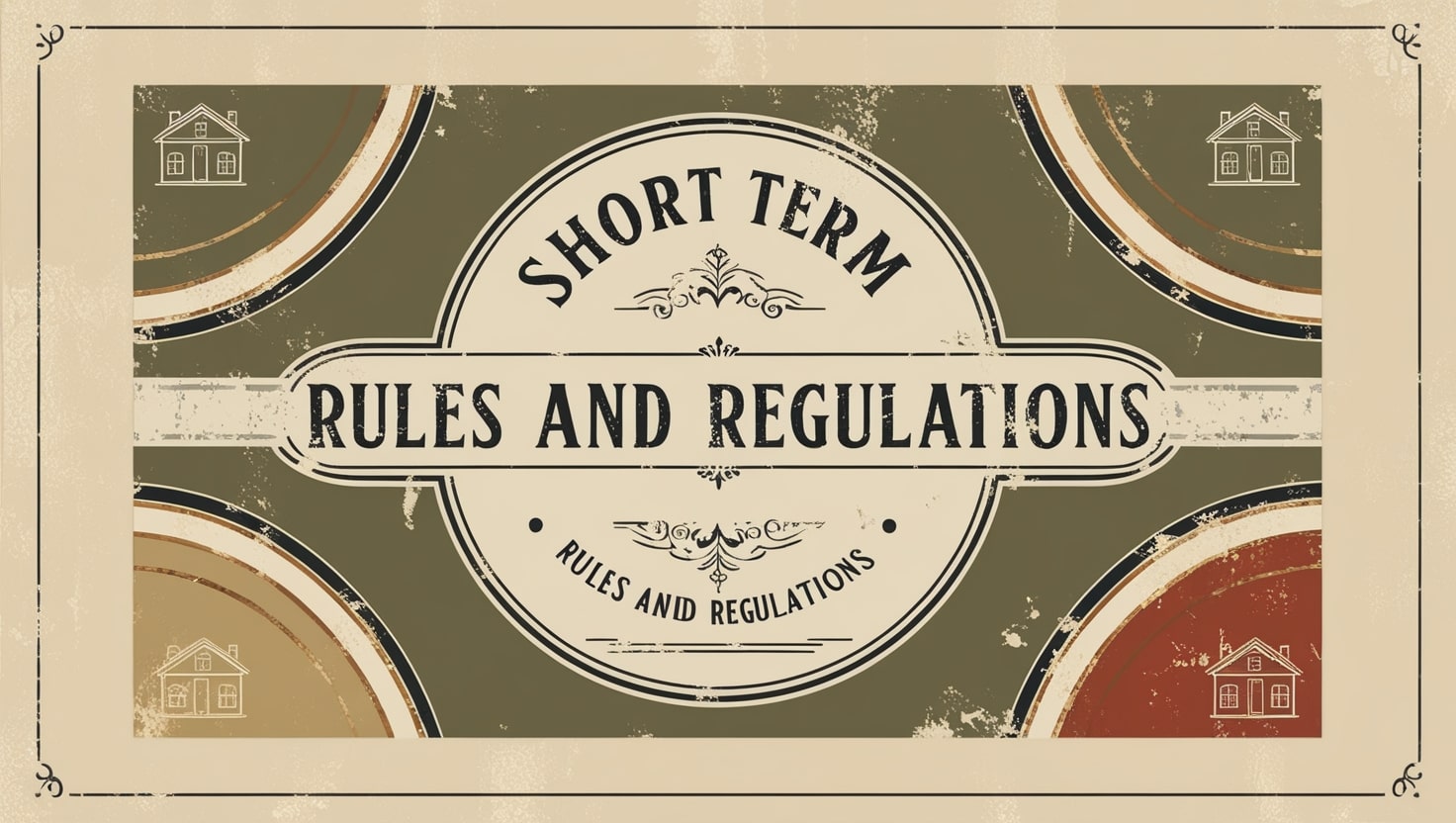Santa Cruz, United States Airbnb Rules & Regulations
Last updated on: 4th July, 2025


Last updated on: 4th July, 2025

In Santa Cruz County, California, short-term rentals, such as those listed on Airbnb, are regulated under specific ordinances for both unincorporated areas and incorporated cities. Here’s a concise overview of the key regulations:
Types of Rentals: There are two categories of short-term rentals:
Permit Requirements:
Location Restrictions: Short-term rentals are permitted in all areas designated for residential use, specifically including single-family homes, duplexes, and triplexes. However, they are not allowed in accessory structures, ADUs, or any spaces that lack proper residential designation.
Density Limits: In certain beachfront neighborhoods (Live Oak, Seacliff/Aptos, and Davenport/Swanton), there are caps on the number of short-term rental permits based on the total number of parcels, with specific percentages outlined (15% and 10%).
Maximum Occupancy: Vacation rentals may host two overnight guests per bedroom, plus two additional guests. Hosted rentals are limited to three guests per bedroom.
House Rules: Hosts must establish and display house rules on-site, covering aspects like rental age, guest limits, vehicle restrictions, noise guidelines, and trash management.
Transient Occupancy Tax: An 11% Transient Occupancy Tax is levied on short-term rentals, which Airbnb collects and remits, although hosts are still required to register with the county.
Compliance with Other Regulations: Hosts must also ensure compliance with other local regulations, such as HOA rules, lease agreements, or tenant organization rules.
Understanding these regulations is critical for potential Airbnb hosts in Santa Cruz County to ensure compliance and a smooth hosting experience. For detailed guidance, contacting the Santa Cruz County Planning Department or consulting legal professionals is recommended.